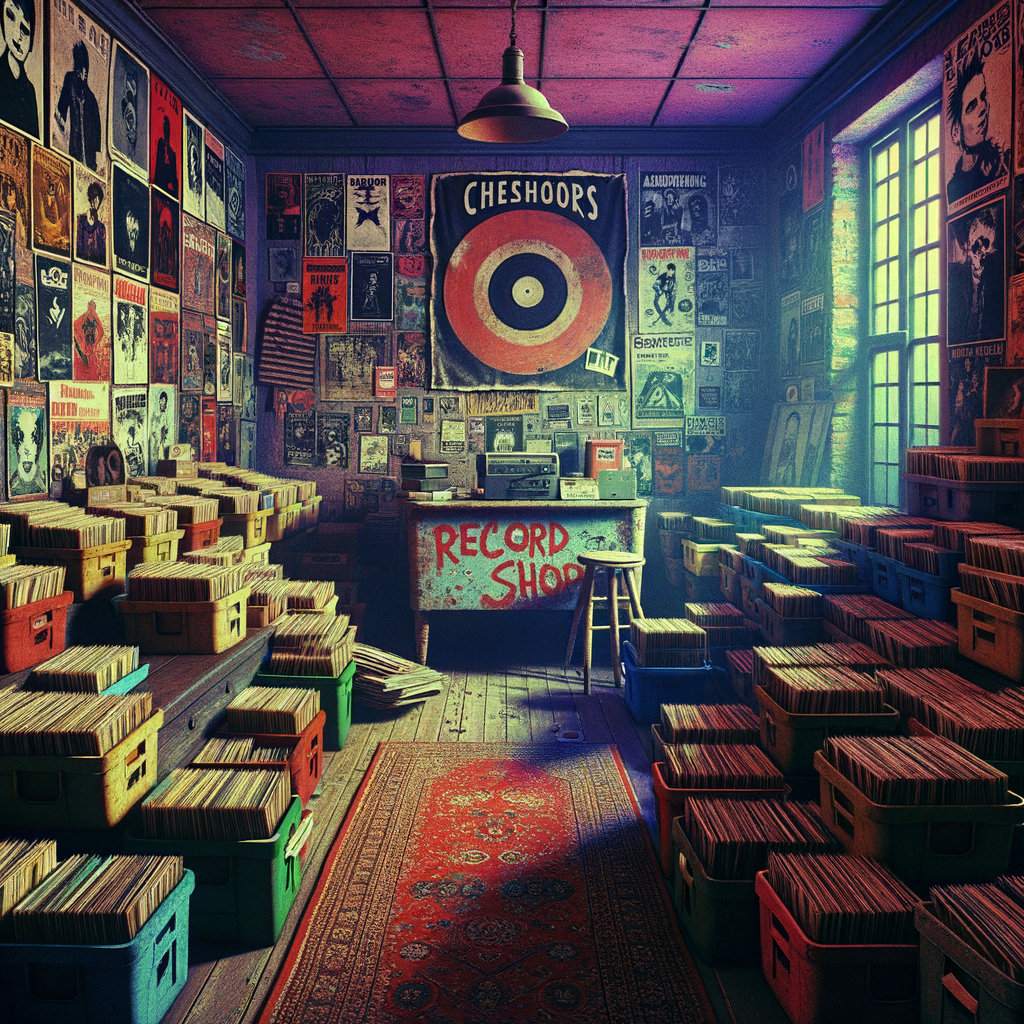In the late 1970s and early 1980s, a musical revolution was brewing—not in arena stadiums, but in back bedrooms, dingy basements, and cramped city flats. At the heart of this transformation were DIY indie labels, small independent record companies crucial in supporting punk and post-punk acts who might otherwise have remained unheard. Over a few transformative years, these gritty, determined labels would not only shake up the music business but also influence how music is created and distributed to this day. This blog post explores the essential role these DIY indie labels played in shaping the punk movement and examines their ongoing influence in today’s indie music world.
The Birth of DIY Indie Labels
The mid to late 1970s in the UK and US saw the rise of punk—a raw, abrasive rejection of mainstream rock excesses and social conformity. Major labels, locked in a formulaic business model, were slow to recognize the explosive potential of punk. Into this vacuum stepped a new breed of music entrepreneur: the founders of DIY indie labels who believed in music’s power to disrupt and liberate.
Labels like Rough Trade in London, started by Geoff Travis in 1978, and Factory Records in Manchester, spearheaded by Tony Wilson, created a system where anyone with drive and a box of 7-inch singles could launch a band’s career. These punk-focused indies gave platforms to such seminal acts as The Smiths, Joy Division, and The Raincoats—bands whose uncompromised vision changed the musical landscape forever.
The Importance of the Punk DIY Ethos
Central to the rise of these indie labels was the “do-it-yourself” mindset—a concept that extended beyond making music to every aspect of record production and distribution. Many bands would rehearse, record, design their sleeves, and hand-pack singles, selling them at gigs or through mail-order fanzines. DIY indie labels were not only about creative control; they represented resistance against corporate gatekeepers and a new possibility for artists to reach listeners directly.
This spirit echoed in the US as well, with Dischord Records in Washington, D.C. supporting hardcore punk bands like Minor Threat and Fugazi, and SST Records helping groups like Black Flag and Sonic Youth. Each label catalyzed its local scene and offered a template for others to follow globally.
How DIY Indie Labels Enabled a Vibrant Underground
The impact of these **DIY indie labels** was seismic. Freed from commercial constraints, artists could experiment with sound, style, and content, knowing their labels valued authenticity over mass-market appeal. By building grassroots communities, indies helped foster an exchange of ideas, activism, and mutual support among musicians and fans, resulting in a vibrant, tightly-knit underground network.
Distribution remained a challenge, yet indie labels innovated by forming coalitions such as Rough Trade’s Cartel in the UK, pooling resources for effective record distribution. This expanded independent music far beyond its local beginnings and helped punk and post-punk transform into global phenomena.
Critically, blog archives on this site chart just how rapidly these networks expanded, influencing future genres and generations.
Lasting Influence: From Indie to Mainstream
Today’s music landscape is awash with independent artists who control their output and image in a way unimaginable just fifty years ago. The arrival of Bandcamp, SoundCloud, and digital self-release platforms stands on the shoulders of those early DIY indie trailblazers. The ethos of making, sharing, and selling music outside the corporate machine continues to thrive—and it’s never been more accessible to artists worldwide.
Influential modern indie labels, such as Sub Pop and Domino, trace their lineage to the same punk-driven ideals that powered those first 7-inch singles off bedroom presses. The persistence of DIY indie labels in supporting niche, challenging, and innovative music keeps scenes alive and listeners engaged, decades after first revolutionary outbursts.
Notable Releases and Enduring Legacies
A glance back at some legendary records showcases the impact of indie labels. Joy Division’s “Unknown Pleasures” (Factory Records, 1979) remains a perennially influential album, both musically and in terms of its striking visual design by Peter Saville. The Raincoats’ debut (Rough Trade, 1979) inspired successive generations, including Nirvana’s Kurt Cobain.
The influence of DIY indie labels also transcends genre boundaries, impacting everything from alternative hip hop to lo-fi bedroom pop. What began as tape swapping and hand-collaged flyers now encompasses globally networked communities and crowdsourced albums, yet the roots remain recognizable: artist control, audience collaboration, and cultural rebellion.
Conclusion: DIY Indie Labels and the Indie Music Revolution
The legacy of the late ’70s and early ’80s **DIY indie labels** speaks loudly in today’s music ecosystem. From the punk-fueled motivation to self-release and organize, to the global proliferation of independent sound, these labels didn’t just amplify countercultural voices—they set the template for artistic independence. As technology continues to disrupt old hierarchies and empower new creators, the foundational work of those first underground pioneers echoes stronger than ever.
For more stories about how the past shaped the future, explore our other music history blogs and consider how the DIY indie label philosophy inspires your own music discoveries.

